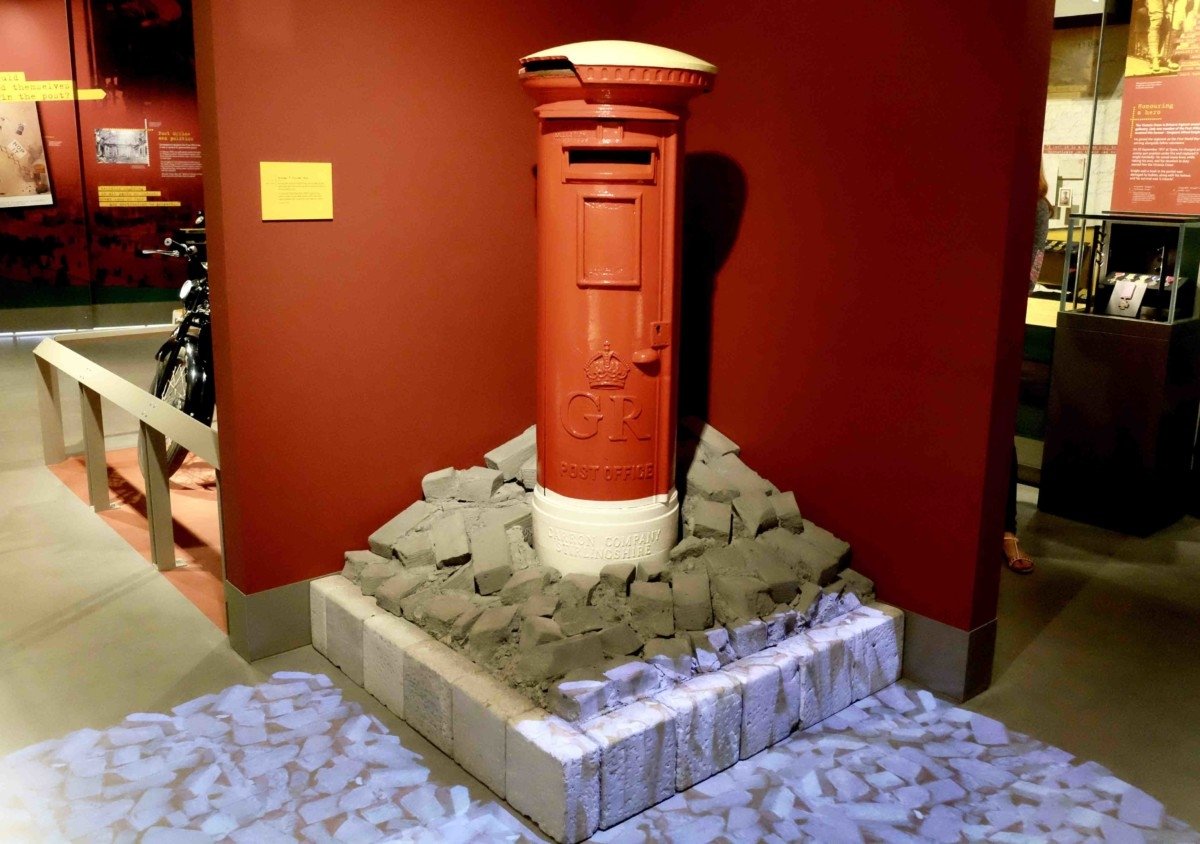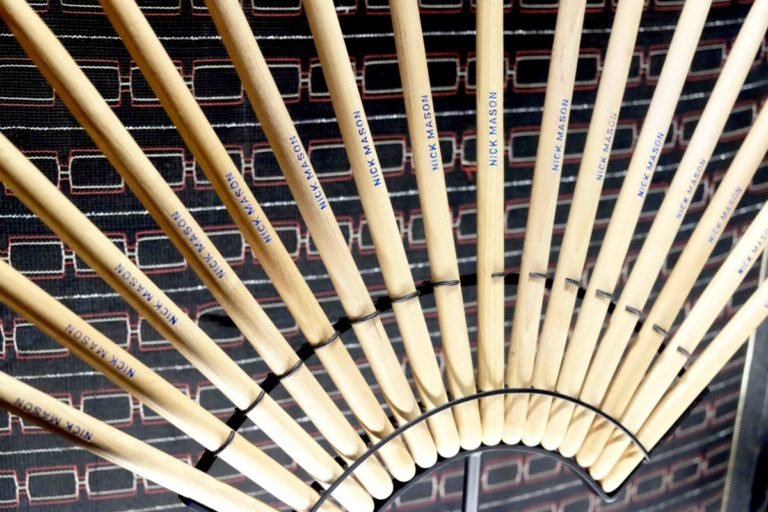Ride The Mail Rail at The Postal Museum and Railway
The Postal Museum and Railway also known as The Mail rail is now open
The Mail Rail and The Postal Museum London and Railway make for an interesting day out. You can ride through the hidden tunnels and discover and explore the history of The Royal Mail. There is an interactive exhibition and an amazing play zone for younger children making it a great day for all.

Learn the history of the Mail Rail
75 years ago when the rail was first built it started delivering letters, the driverless trains became the first of its kind in the world.
I could be compensated, if you click on a link in this post via a cash payment, gift or something else of value for writing this post. See our full disclosure policy and privacy policy for more details.
In 1911 plans were made to build an underground tunnel to serve the main sorting offices along the route. Work was started in 1915 and it was finally finished in 1927 and letters were carried from 1928. Thus cutting down the time it took to get post across the city. In 2003 The Postal Museum and Railway was closed due to it being cheaper to run the post by road.
The Mail consists of 22 miles of track with eight stations and at its peak carried 4 million letters a day. Mail rail ran from Mount Pleasent post office and helped deliver the post underground as far as Paddington in the west and Whitechapel in the east.

All Aboard!
You can now travel the Mail Rail and experience for yourself what it was like for the workers to be underground. Ride through the hidden tunnels in a custom built train and discover the history of this heritage.
The ride itself takes approximately 20 minutes and you will be on one of two trains with a clear roof.

Your ticket gives you a time slot to ride the train. You can put your Bags in lockers on the ground floor or in the cupboards by the side of the platform.
Whilst in the tunnel you will see it as it was left and used throughout its working life, it would of been a hive of activity back in the day.
Throughout the ride the train stops and huge film projections are displayed on the tunnel walls. These films detail the journey the mail rail took through the ages since it was opened.

Learn the history of the Mail Rail
After your train ride you can discover the exhibition. With many interactive exhibits such as controlling the line and original trains to board it is great fun for kids and adults alike. You will see equipment used and you can even even dress up as train driver yourself. It is really interesting to learn about the workers their roles and and about the trains.

‘Sorted’ The play Post area
Before you leave the Rail Mail premises be sure to take any little ones to Sorted the play area to let off some steam. They can post letters, sort mail and an generally have fun in this interactive area.

The Postal museum
The journey in the postal museum takes you on a different story learning about the history of the post and where it originated.
The first letters were sent by Henry the VIII to keep a close eye on the kingdom. You will see uniform worn by the people that worked the mail and the pistols they used to protect themselves.
The stunning mail coach dates from around 1800 and is stunning.

The early years
The post office launched its first penny black stamp in 1840. It was now a penny to send a letter weighing up to half an ounce anywhere in the country.
As it became easier to send letters, pretty envelopes became very popular and were often designed by authors, there are many of these displayed around in the showcases.
All around the museum are interactive buttons to press with noises and costumes for you to dress up in. You can send telegrams and even pick up an old telephone and listen to extracts of old letters.
You can have great fun watching your letter shoot up a pneumatic shoot to the other side of the museum. I wonder if you will get a reply? The level of interaction in the museum is pure genius.

Green Pillar boxes?
There are many pillar boxes throughout the museum. But did you know they used to be green? In 1874 they become Red after people said they were dreary and hard to see.
In the Second World War the tops of the piller boxes were painted white so that people could see them during a black out.

Post, the war and the telegram boys
Learn about the Royal Mail as it travels through the First World War and the Second. Real lantern slides tell a story while war sirens play in the background.
I loved the old letters and post cards on display. It must of been wonderful the amount of letters wrote years ago that actually meant something.
Many of the mail Motorbikes in the 1930s were ridden by men as young as 16. During the war these bikes became known as the ‘Angels of Death’ as they had the unhappy task of delivering the news of soldiers killed on the front line.

Air mail
With the arrival of Airmail in the 1920s speed was important. Bluepost boxes appeared on the streets in the 1930s which helped advertise Airmail much faster.
There is a large section where you can flick through old postal magazines and see the changes the stamps took through the decades. Up until 1965 most stamps showed the monarch, we then started to see stamps with artwork. Some of the artwork is truly stunning, my favourite being the little Robin redbreast.
As the museum progresses you start to learn about how the mail works today in the form of short films.

There is an arts and craft workshop for children that runs from 11.00-13.00 and then again from 14.00-16.00. Todays task was to try sending your own message in a bottle.
The current exhibition space is ‘Writing Home’ exploring the letters sent from people communicating with their family at home and their experiences. The Postal Museum and Railway hold many exhibitions and event so check their website for details.
Go shopping!
There is plenty of bits and pieces in the shop to tempt you, and a cafe serving coffee snacks and cakes.

The Discovery room at the Post Office Museum
The Discovery room holds all of the Hub for all of the museums archives. Researchers or students can find lots of information here. Family researchers can find out about relatives who may of worked in the Royal Mail from the archival books. There is a huge electronic tablet on which you can explore the archives of photos, documents and stamps kept by the Royal Mail. The Discovery Centre is a complete learning resource centre for the public.
I hope you enjoyed my tour of The Postal Museum and Railway. For more information and to purchase tickets please see The Postal Museum and Railway website.
This visit was courtesy of The Postal Museum and Railway and is all my own personal Opinion.
D x









Where is this please?
You can find it at The postal museum 15/20 Phoenix place, London WC1X 0DL
Excellent review.
Thank you x